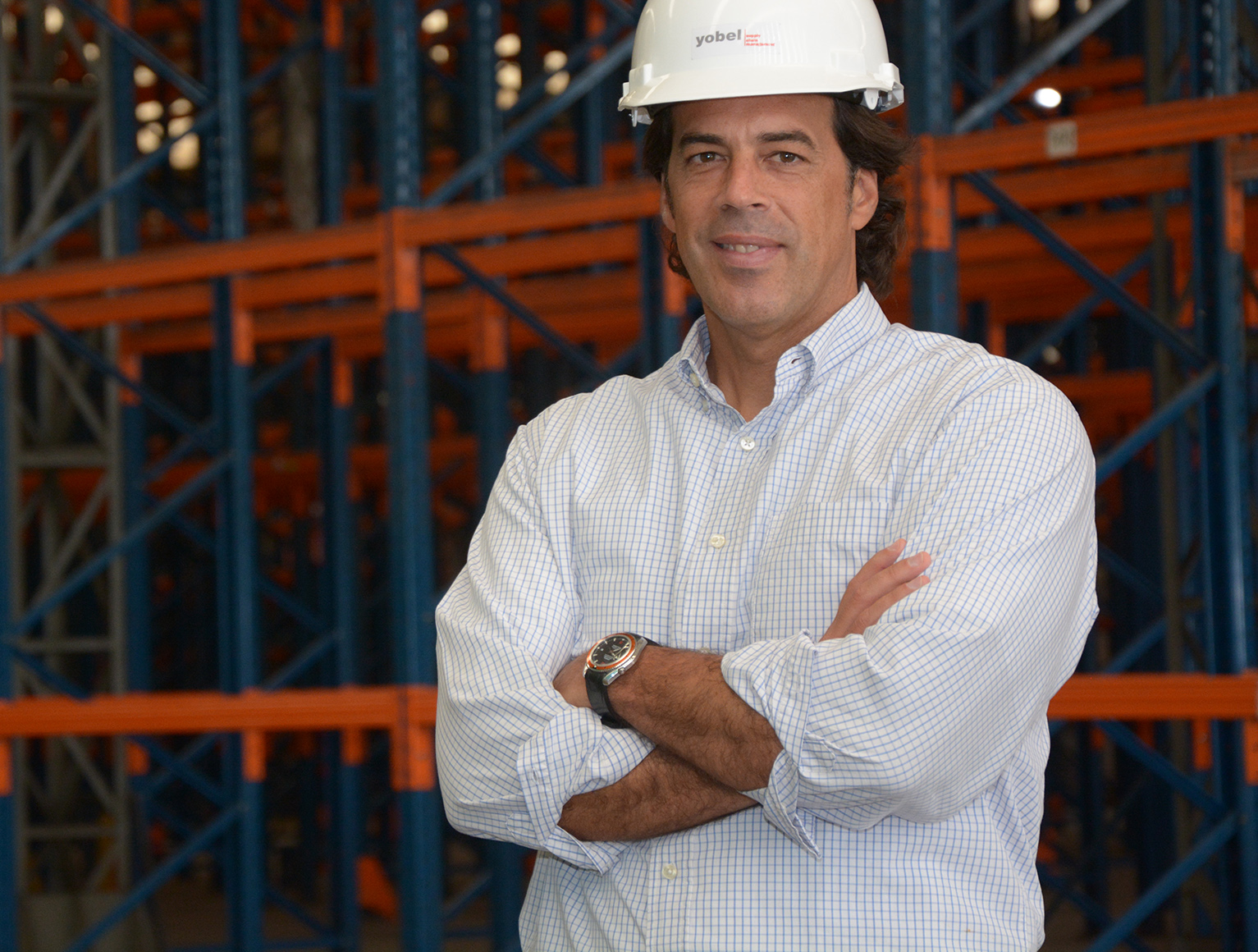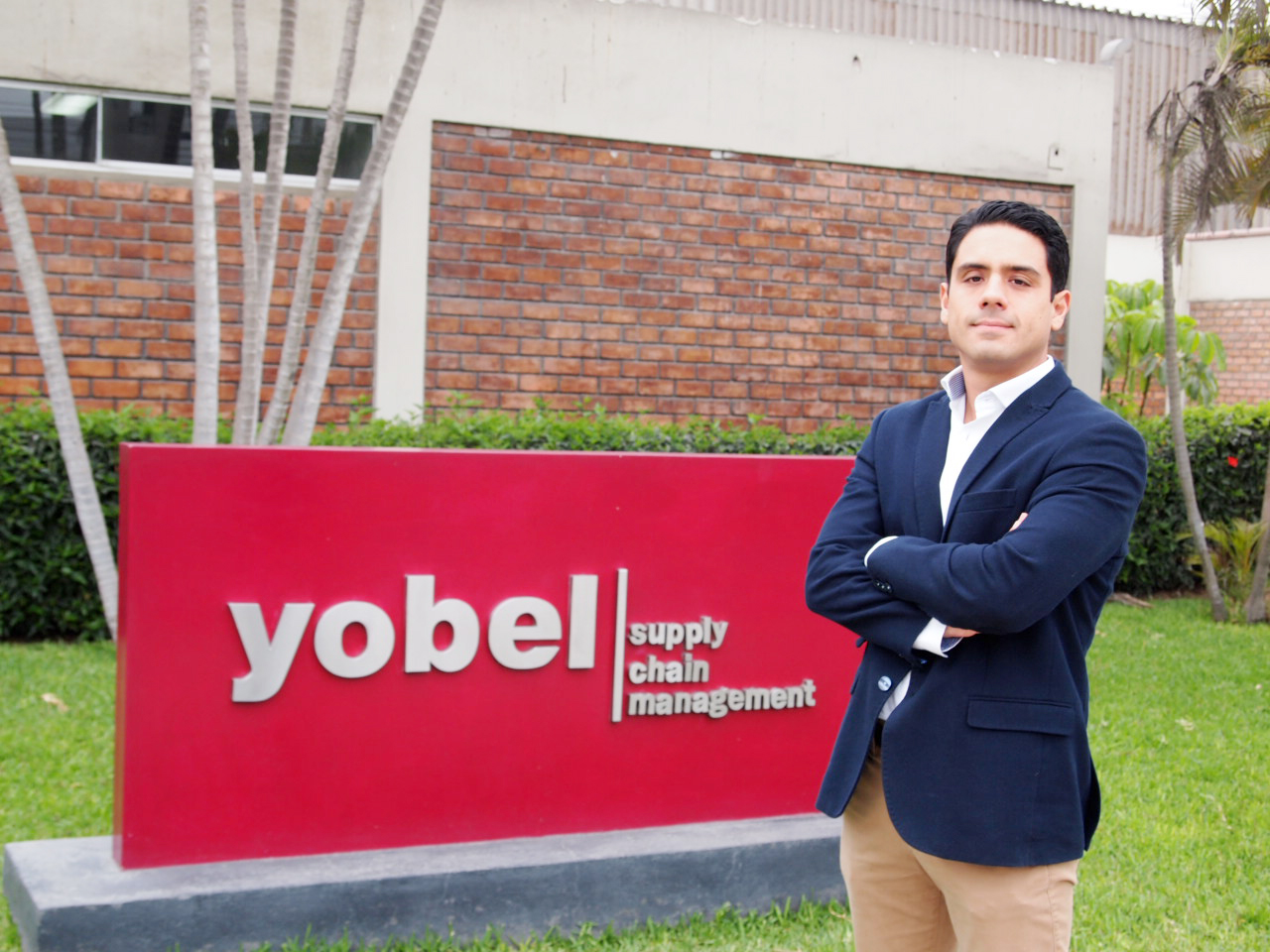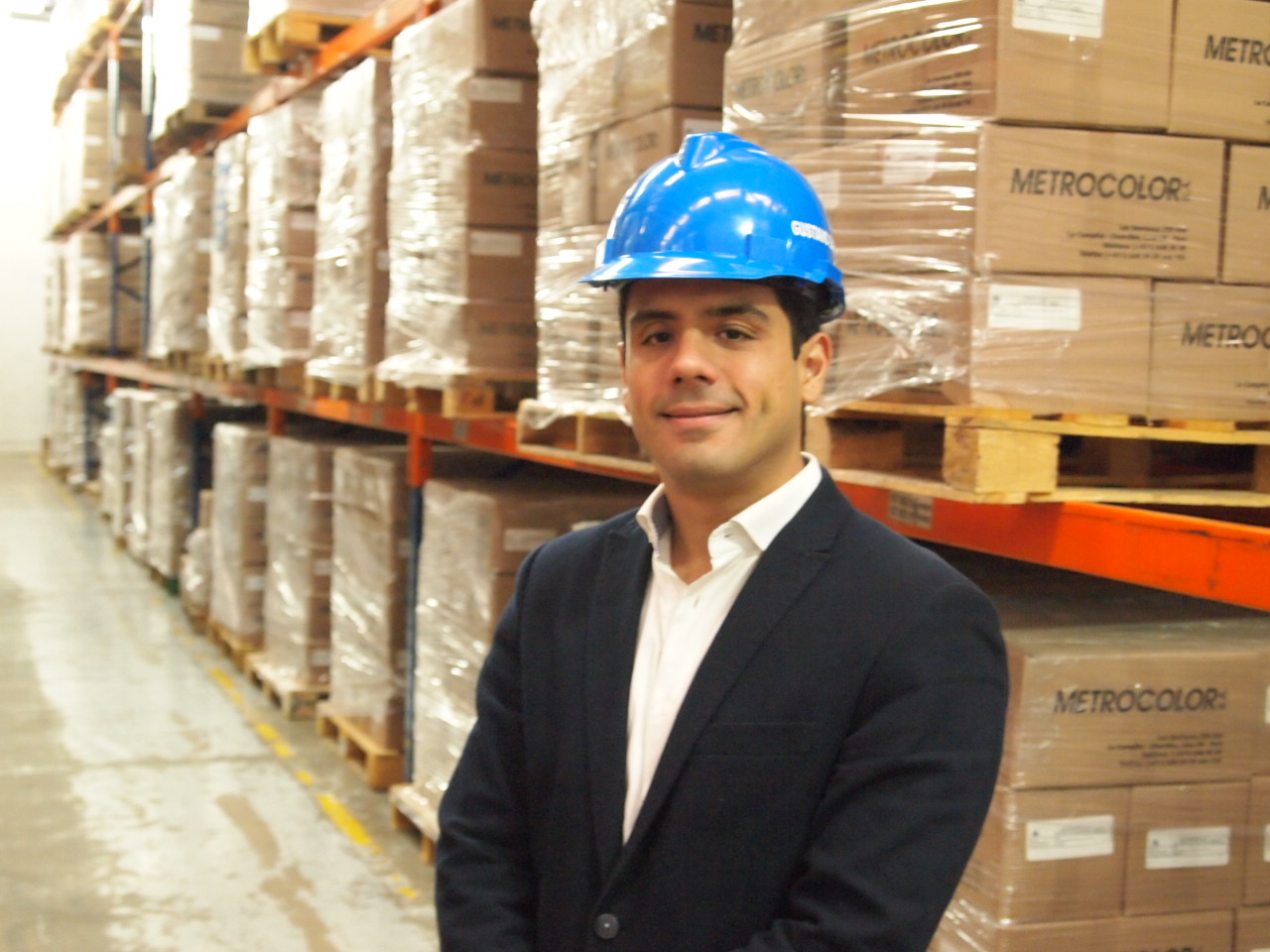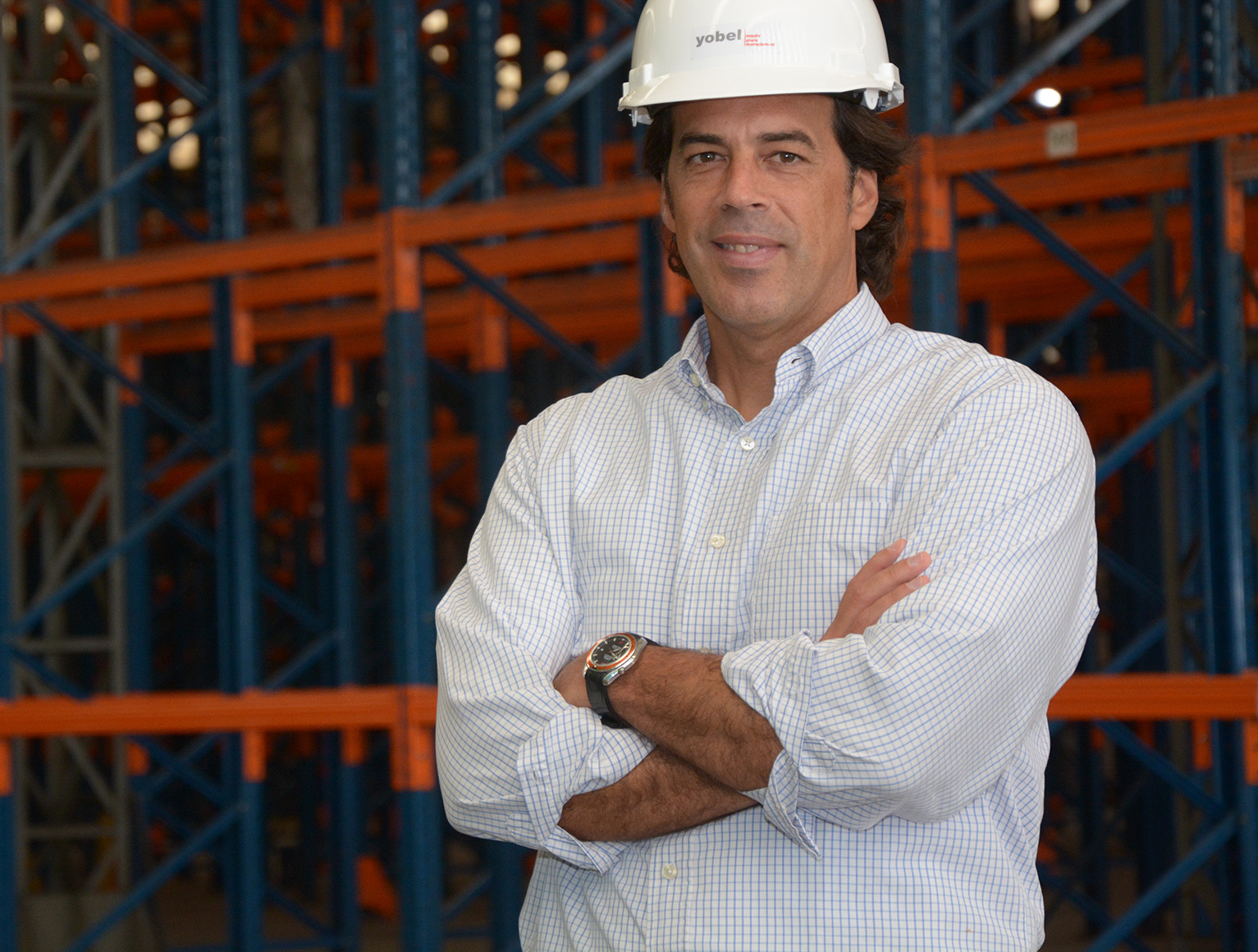Por: Gustavo Zapata, gerente de unidad de negocio de Yobel SCM
El retail peruano está viviendo un proceso importante de transformación con la fuerte expansión de las tiendas de conveniencia.
Si bien estas no son totalmente nuevas en el mercado peruano pues ya existían en las estaciones de servicio de combustibles (con las cadenas Listo!, Viva, Jet Market, entre otras); la novedad está en el acelerado crecimiento del formato stand alone, impulsado por las tiendas Tambo+ y Aruma, cadenas manejadas por Lindcorp.
A estas se suma la mexicana Oxxo que ya empezó a abrir tiendas en Lima, a la vez que se espera que la compra de MiMarket por parte de InRetail (del Grupo Interbank) y de Viva por el Grupo Romero también dinamicen el sector.
Este mercado tiene un gran potencial de crecimiento tanto en Lima como en provincias, plaza que empezaría a ser incursionada por Tambo+ a partir del próximo año.
Según la consultora Euromonitor, en el Perú hay una tienda de conveniencia por cada 800,000 habitantes, este ratio es de 6,000 en el mercado chileno.
Además, esta consultora espera que las ventas de estas cadenas pasen de US$ 21 a US$ 62 millones entre el 2016 y el 2021. Justamente, para el año del Bicentenario de la Independencia, tanto Tambo+ como Oxxo esperan tener cerca de 600 tiendas cada una.
Read more “Revolución de las tiendas de conveniencia y retos logísticos”






Comentarios recientes